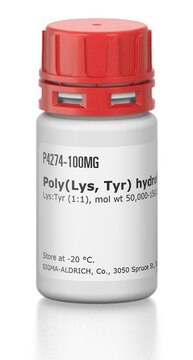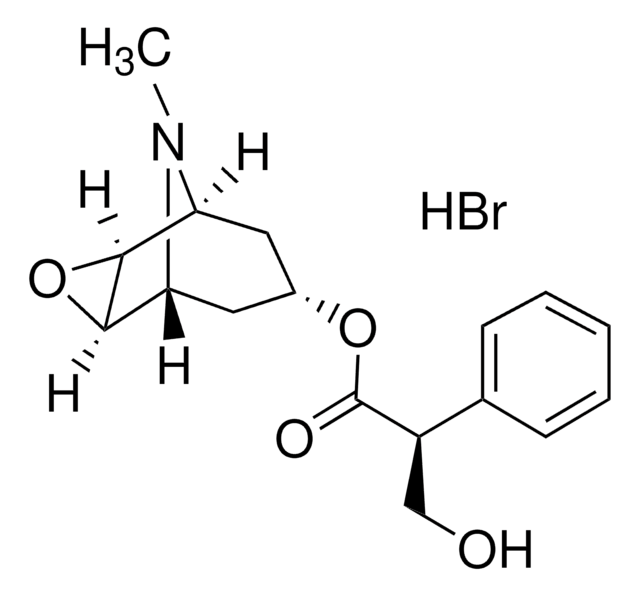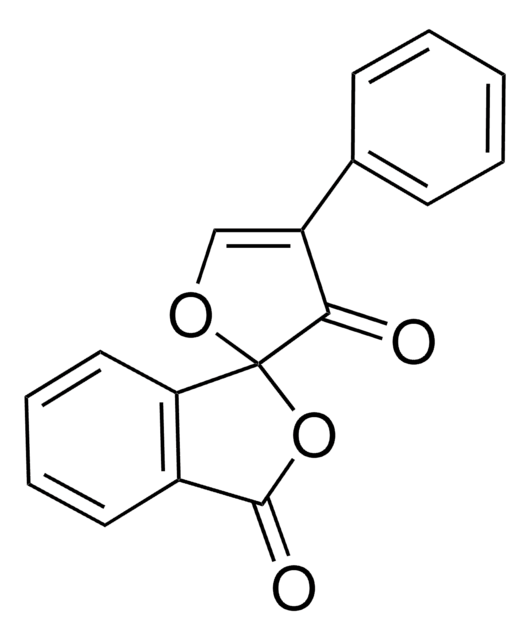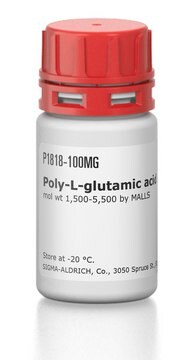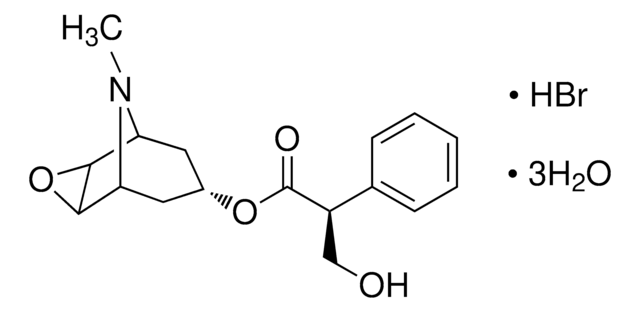P3150
Poly(Lys, Phe) 1:1 hydrobromide
mol wt 20,000-50,000
Sign Into View Organizational & Contract Pricing
All Photos(3)
About This Item
Recommended Products
form
powder
Quality Level
feed ratio
Lys:Phe (1:1)
mol wt
20,000-50,000
color
white to off-white
application(s)
cell analysis
storage temp.
−20°C
Application
Poly (Lys, Phe) 1:1 hydrobromide has been used as a surfactant to bind negatively charged plasmid DNA. It has also been used to study its interaction with solvatochromic fluorescent dyes.
Analysis Note
Molecular weight based on viscosity.
Other Notes
For additional technical information on polyamino acids please visit the Polyamino acid FAQ resource.
Storage Class Code
11 - Combustible Solids
WGK
WGK 3
Flash Point(F)
Not applicable
Flash Point(C)
Not applicable
Personal Protective Equipment
dust mask type N95 (US), Eyeshields, Gloves
Choose from one of the most recent versions:
Already Own This Product?
Find documentation for the products that you have recently purchased in the Document Library.
Helen Sjögren et al.
Biophysical chemistry, 116(1), 11-21 (2005-05-25)
The transition from alpha-helix to random coil of the titrating polyamino acid co-poly-L-(lysine, phenylalanine), (p-(Lys,Phe)), has been investigated as a function of pH and ionic strength in aqueous solution and at the air-water interface by means of circular dichroism (CD)
Tae Woo Kim et al.
International journal of pharmaceutics, 295(1-2), 35-45 (2005-04-26)
To enhance the in vitro and in vivo transfection activity of the cationic lipid emulsion (LE), three natural polycations, protamine sulfate (PS), poly-L-lysine and spermine, were selected as DNA condensing active agents. Formation of the LE/polycation/DNA ternary complexes was identified
An Environmentally Sensitive Fluorescent Dye as a Multidimensional Probe of Amyloid Formation
Emma V. Yates
The Journal of Physical Chemistry, 120 (9), 2087?2094-2087?2094 (2016)
Synthesis and properties of alternating poly(Lys-Phe) and comparison with the random copolymer poly(Lys 51, Phe 49).
G Seipke et al.
Biopolymers, 13(8), 1621-1633 (1974-01-01)
Optimising DNA binding to carbon nanotubes by non-covalent methods
Vanesa Sanz
Carbon, 49(5), 1775-1781 (2011)
Articles
Humankind has utilized protein materials throughout its existence, starting with the use of materials such as wool and silk for warmth and protection from the elements and continuing with the use of recombinant DNA techniques to synthesize proteins with unique and useful properties.
Our team of scientists has experience in all areas of research including Life Science, Material Science, Chemical Synthesis, Chromatography, Analytical and many others.
Contact Technical Service

